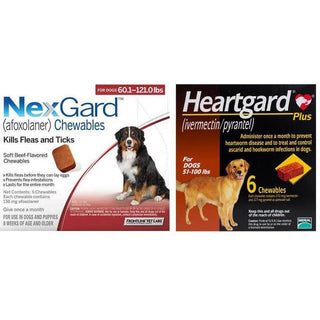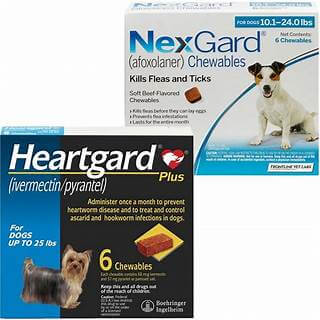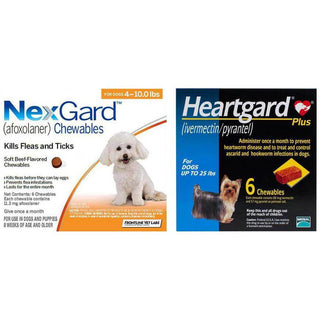
Just like humans, dogs need water to stay healthy. Proper hydration is vital for a dog’s overall health, supporting essential functions like temperature regulation, smooth digestion, and healthy joints. While it may seem simple, properly hydrating your dog can significantly impact their well-being.
This guide will explain why hydration is important for dogs, the signs of dehydration, how much water your dog needs, and practical tips to help your pet drink enough water daily.
Why Hydration Is Important for Dogs
Water makes up about 60–70% of a dog’s body. It plays a key role in controlling body temperature, delivering nutrients, keeping joints lubricated, removing toxins, and maintaining the proper function of vital organs. Without enough water, your dog’s body cannot function properly. Even mild dehydration can lead to health issues, while severe dehydration can become life-threatening if not treated promptly.
How Much Water Does a Dog Need Daily?
Typically, a healthy dog needs around 50 to 60 milliliters of water per kilogram of body weight daily to stay properly hydrated. For example:
- A 10 kg dog needs approximately 500–600 ml of water daily
- A 25 kg dog requires about 1.2–1.5 liters of water
Age, activity level, diet, weather, and health conditions can affect your dog’s water needs. Dogs that eat primarily dry kibble usually need more water than those fed wet food or raw diets.
Signs of Dehydration in Dogs
It’s important to watch out for early symptoms of dehydration so you can act quickly. Common signs include:
- Dry nose and gums
- Lethargy or low energy
- Sunken eyes
- Loss of skin elasticity (test by gently pulling up the skin on the back of the neck—if it doesn't snap back quickly, your dog might be dehydrated)
- Panting more than usual
- Reduced appetite
- Urine that is dark yellow in color or a noticeable decrease in the amount of urine passed.
If you suspect your dog is dehydrated and won’t drink or shows severe signs such as vomiting, diarrhea, or collapse, consult a vet immediately.
Causes of Dehydration in Dogs
Dogs may become dehydrated for several reasons, including:
- Hot or humid weather
- Excessive exercise without enough water breaks
- Fever, vomiting, or diarrhea
- Kidney disease or other underlying health conditions
- Not having regular access to clean water.
Tips to Keep Your Dog Hydrated
Provide Clean, Fresh Water at All Times
Change your dog’s water bowl daily and ensure it’s always filled. In warmer weather or after outdoor activities, refresh it more often.
Use Multiple Water Stations
Place water bowls in several spots around your home, especially if you have a large space or multiple floors.
Try a Pet Water Fountain
Some dogs prefer running water. Pet fountains can make drinking more appealing and help picky drinkers stay hydrated.
Add Water to Meals
Mix water or low-sodium broth into dry kibble. This will increase hydration and enhance the taste of the food.
Offer Ice Cubes as Treats
Many dogs enjoy chewing ice cubes, especially on hot days. For a tasty and hydrating snack, you can even freeze broth or diluted tuna water in ice trays.
Carry Water When Out and About
Always take a collapsible bowl and a bottle of fresh water when walking, hiking, or traveling with your dog.
Feed Wet Food Occasionally
Canned or raw dog food contains more moisture than dry kibble. If appropriate, consider incorporating it into your dog’s diet.
Encourage Regular Water Breaks
If your dog is very active or hot outside, prompt them to take water breaks, even if they seem distracted or energetic.
When to See a Vet
While encouraging hydration helps prevent problems, it's essential to contact a vet if:
- Your dog hasn’t had water in over 12 hours
- They continue to show signs of dehydration
- They’re experiencing vomiting, diarrhea, or heat exhaustion
Hydration issues can quickly escalate into serious health emergencies, so don’t wait too long if you feel something is off.
Final Thoughts
Keeping your dog hydrated is one of the easiest ways to support its health. By ensuring constant access to clean water, monitoring for dehydration signs, and making hydration a part of your daily routine, you’ll help your dog feel its best every day.






